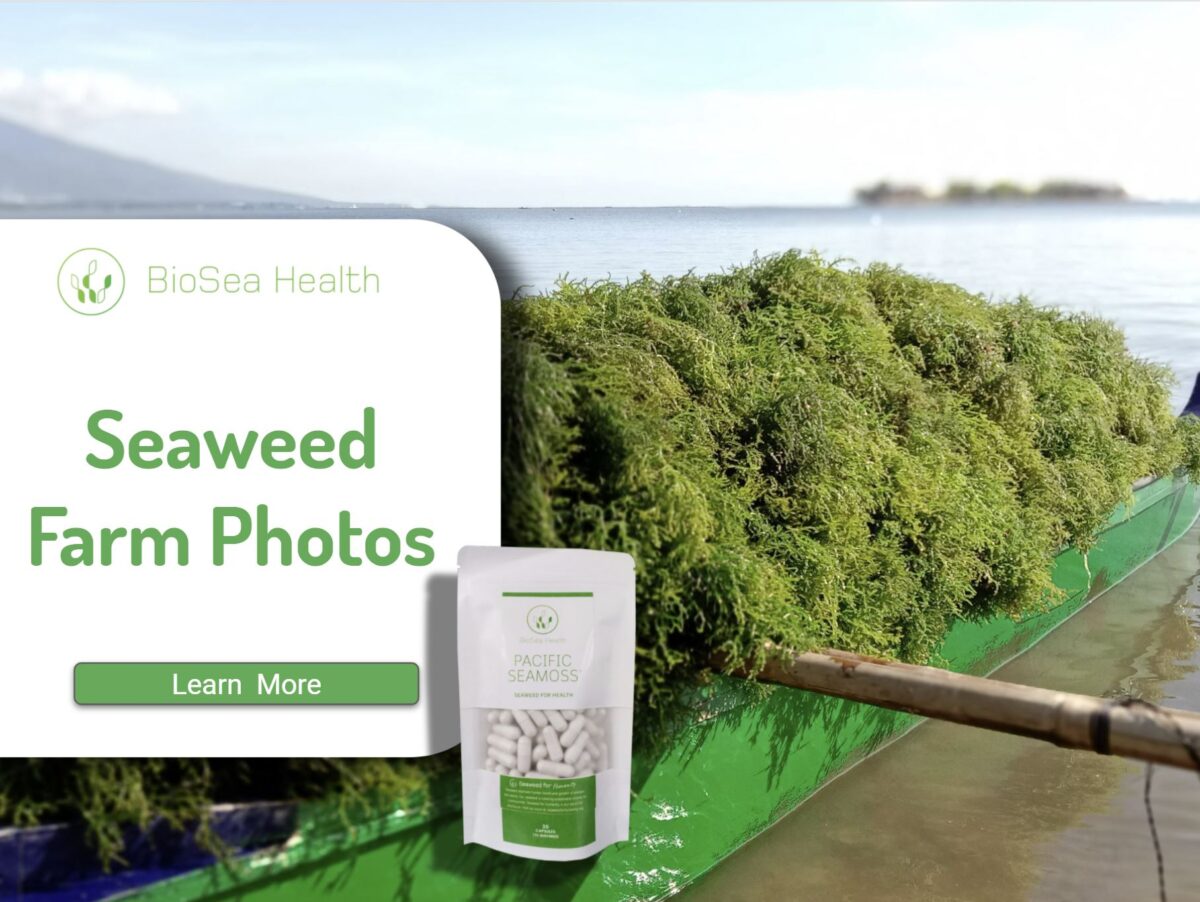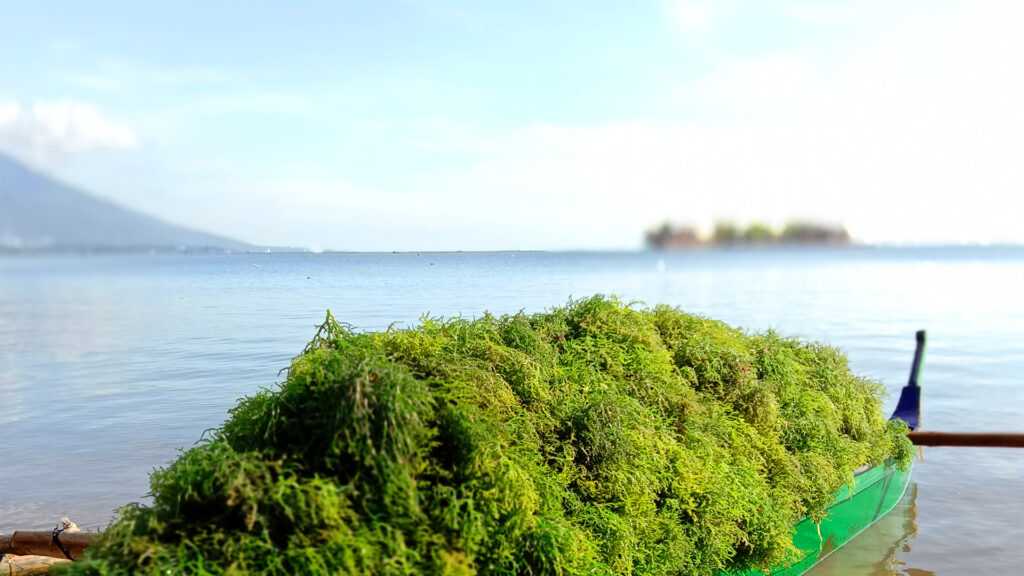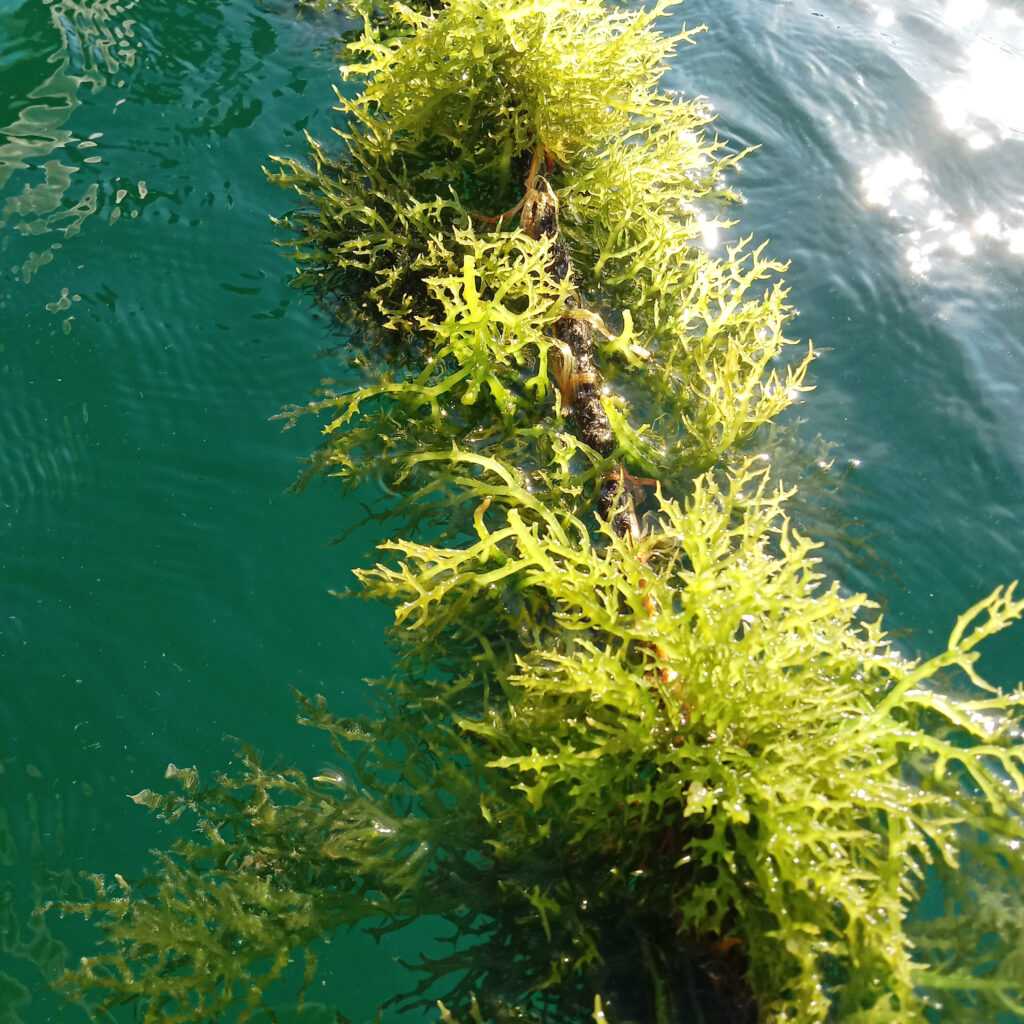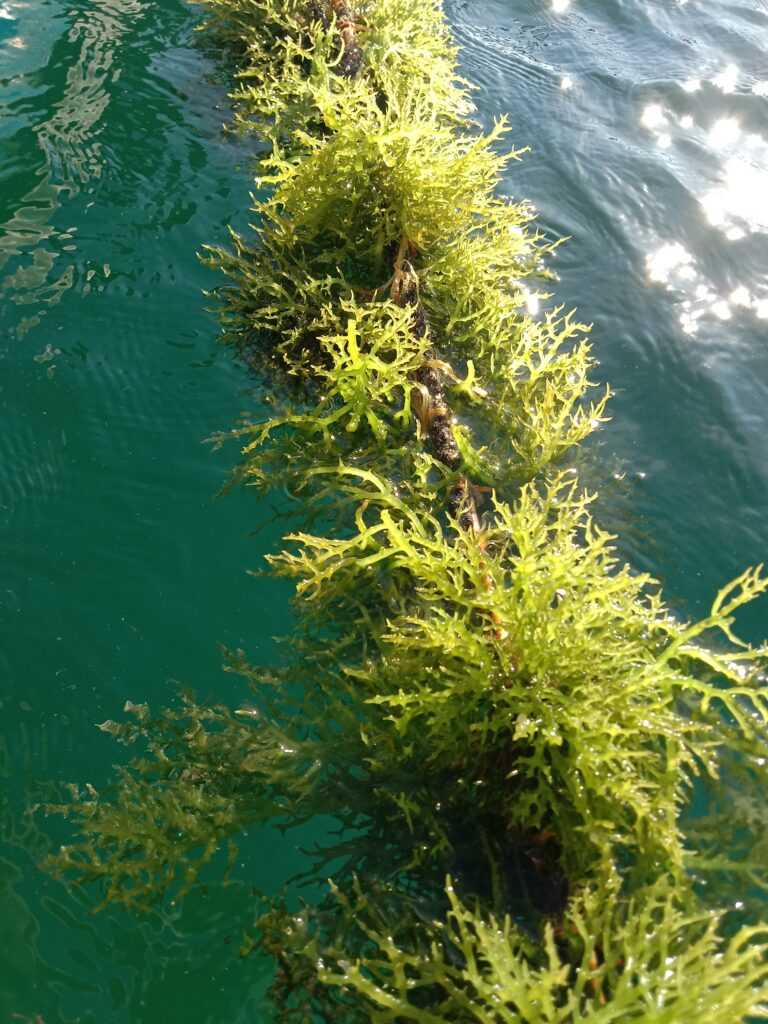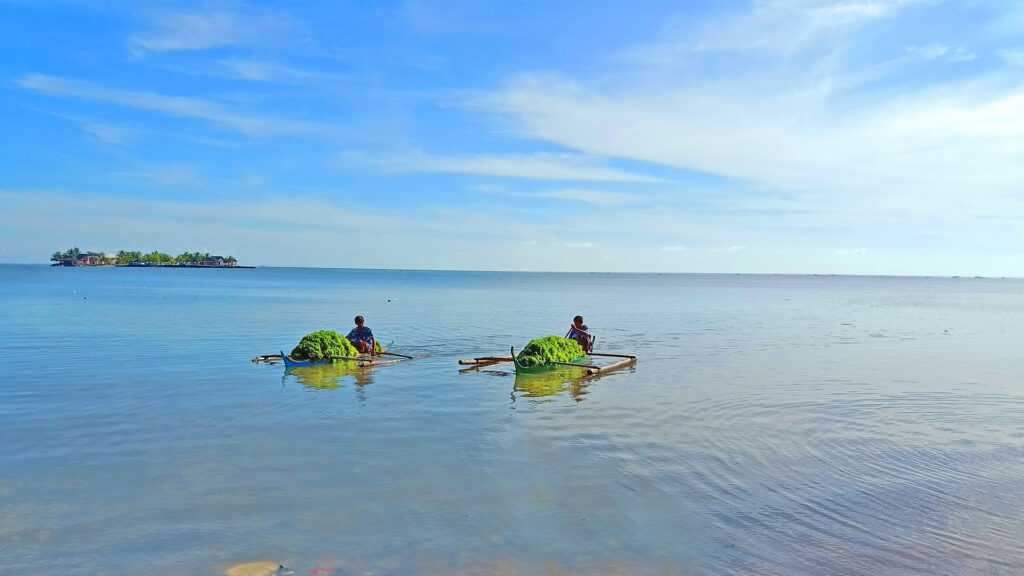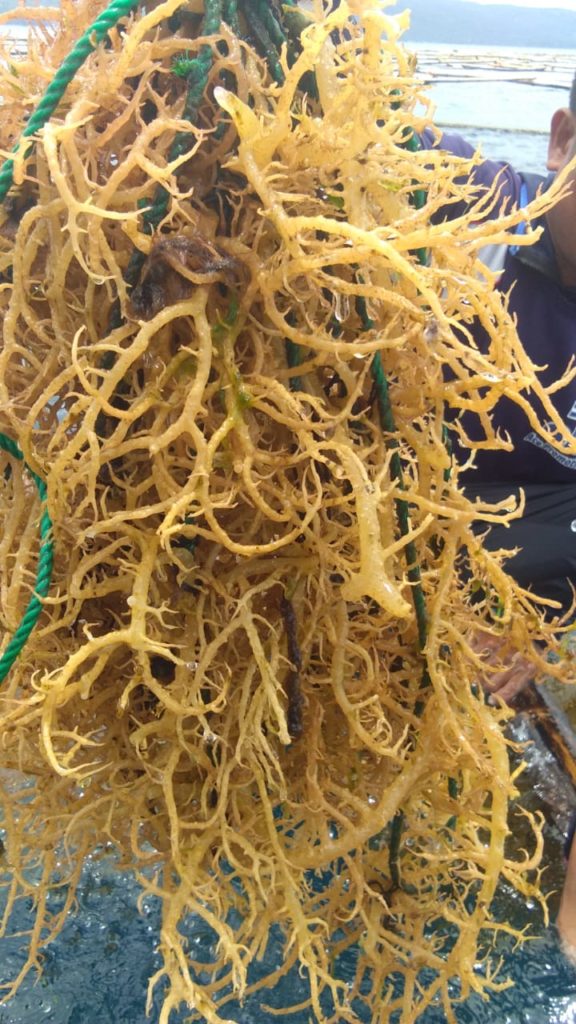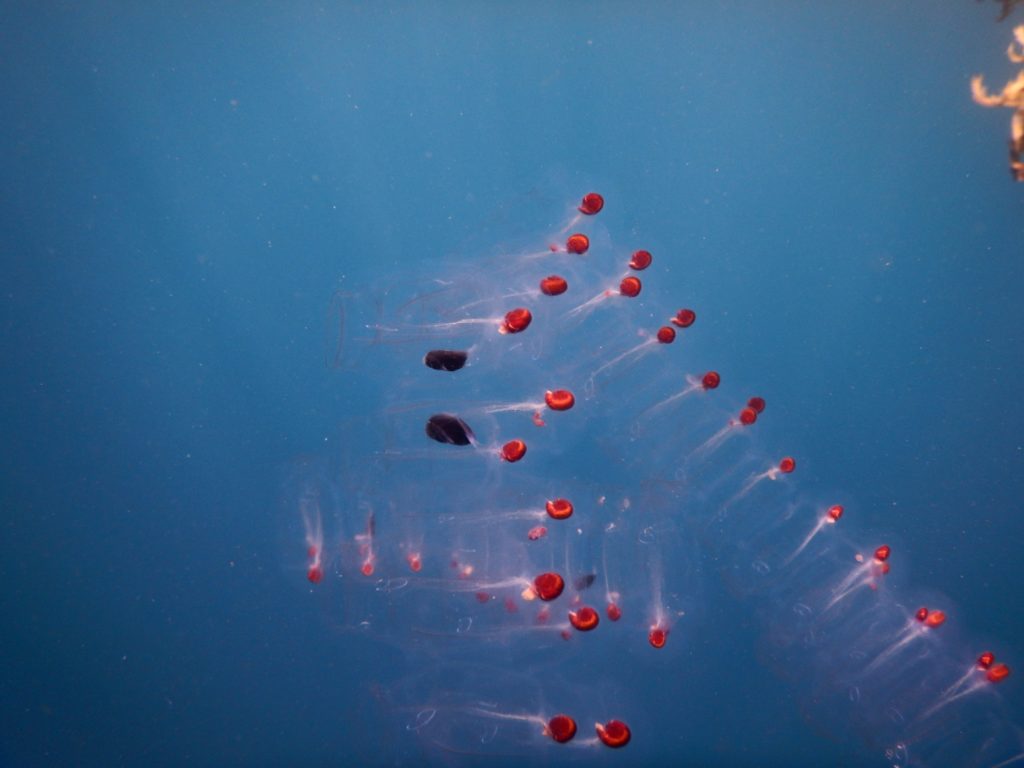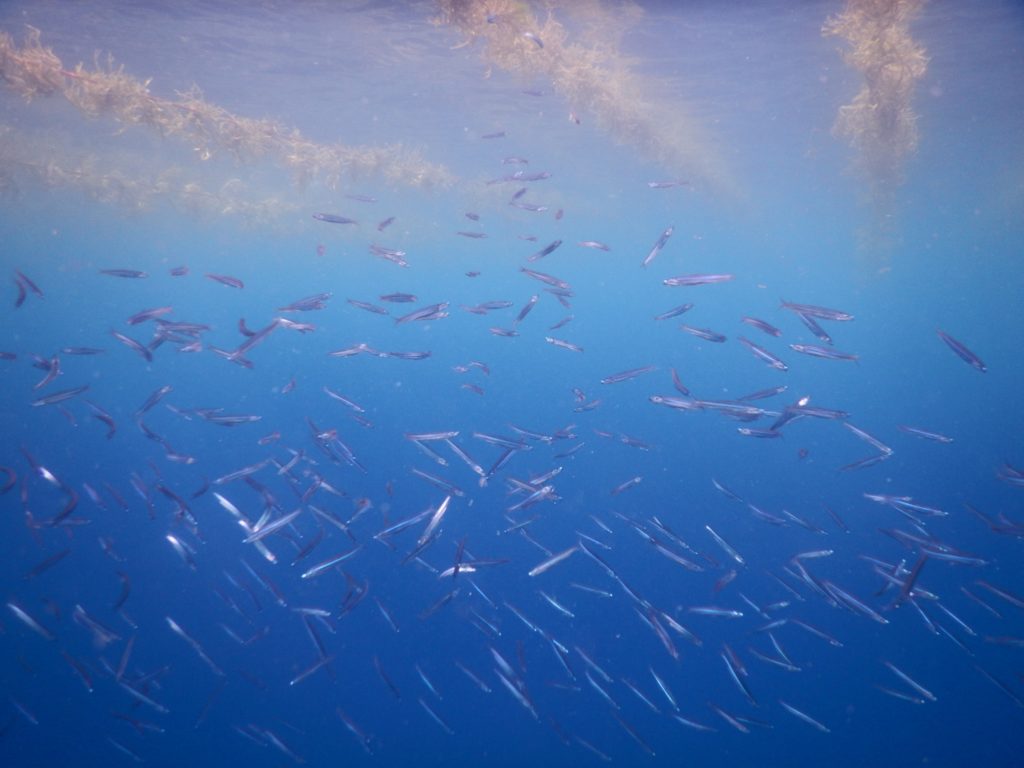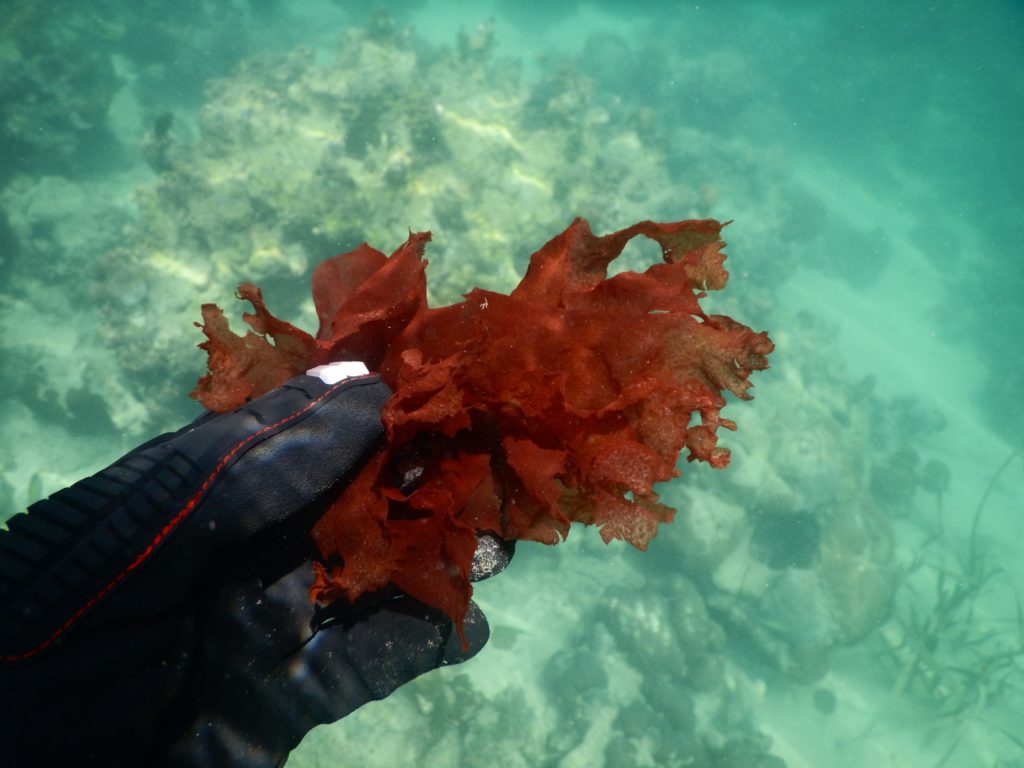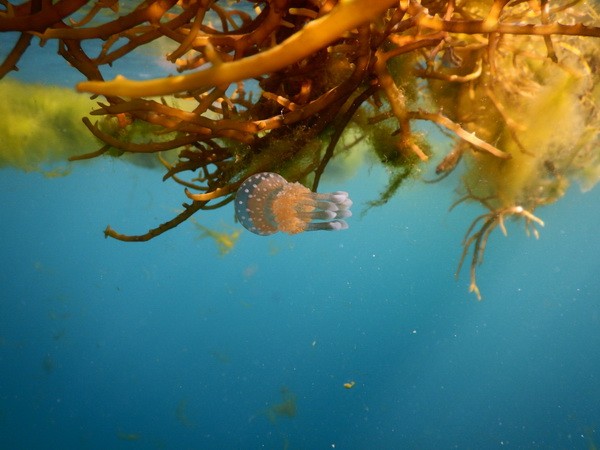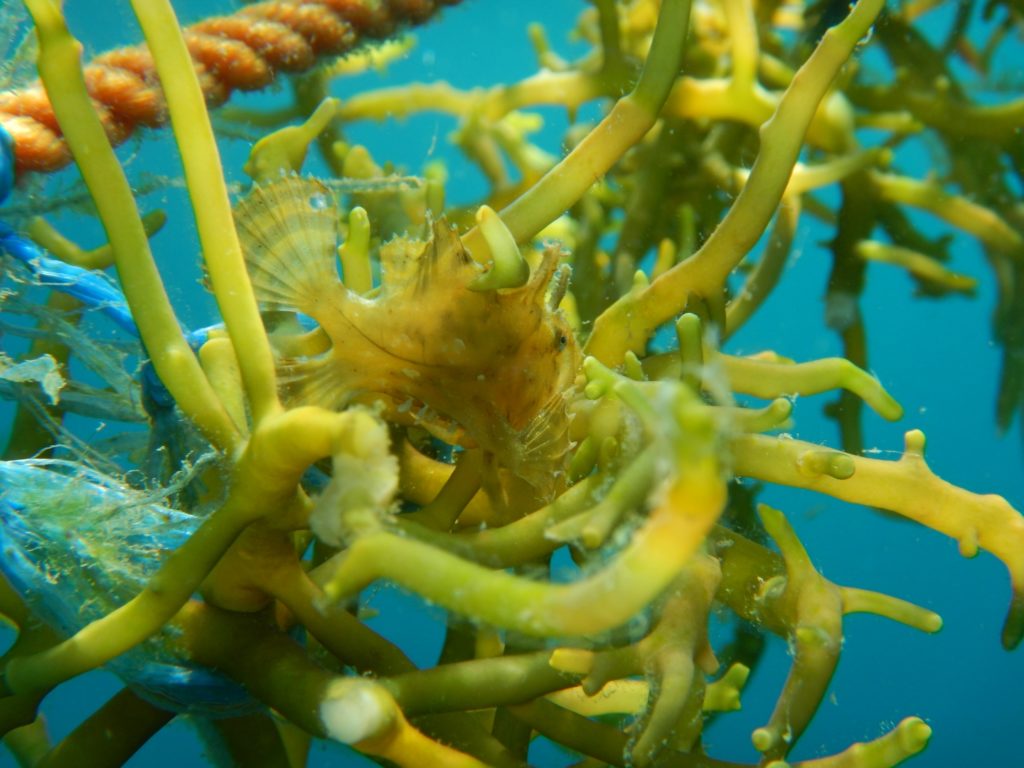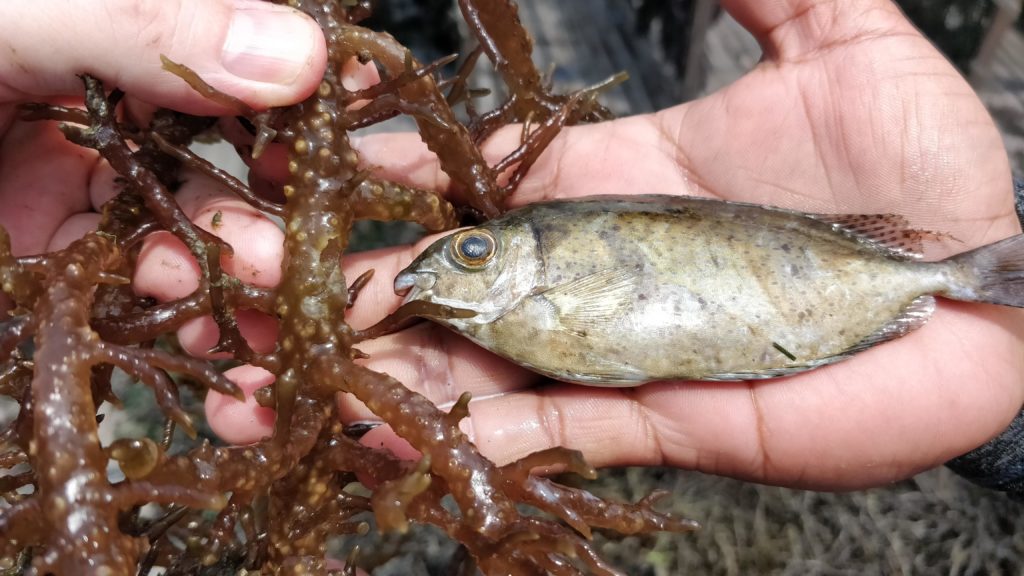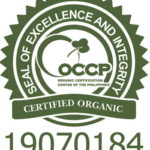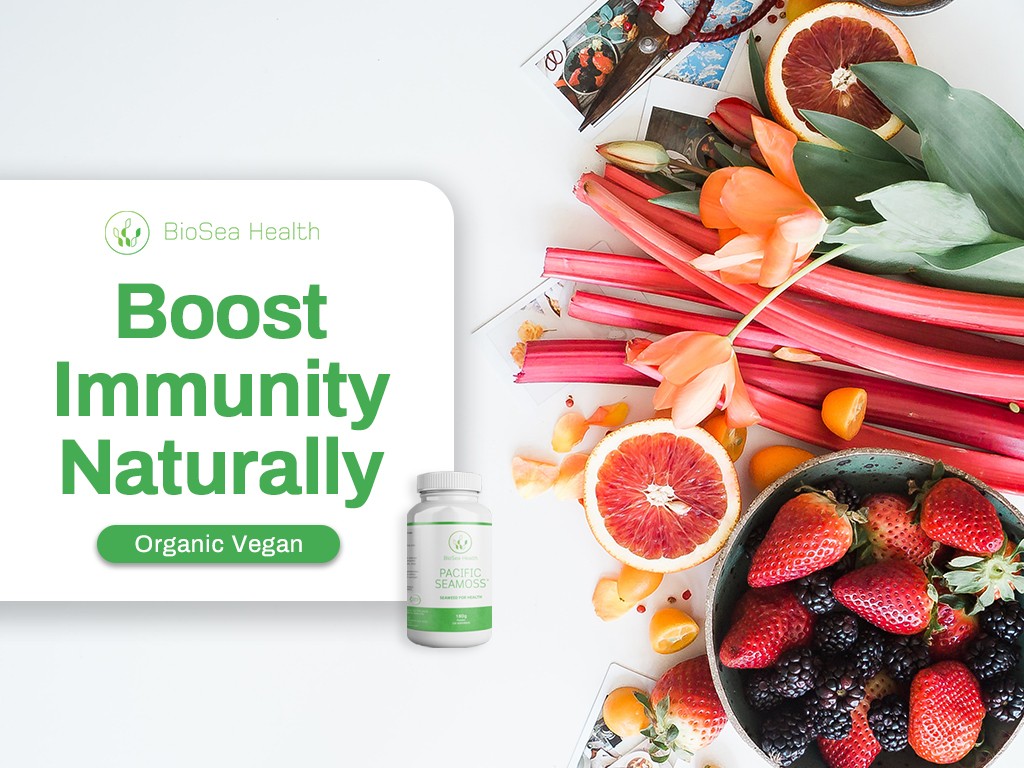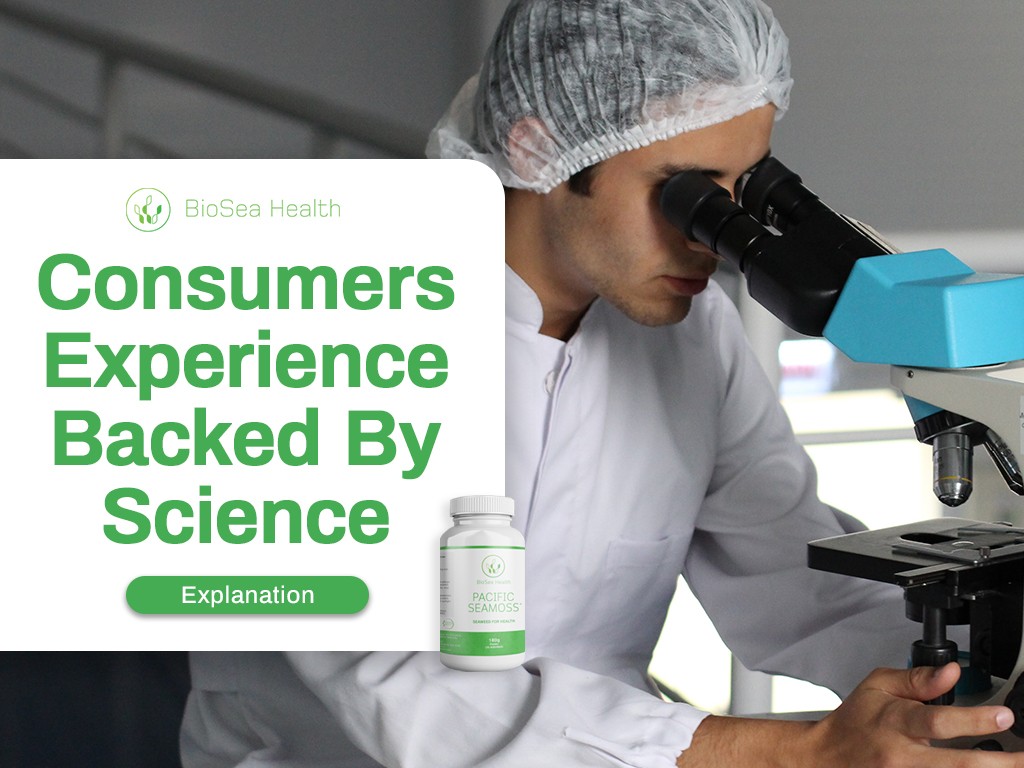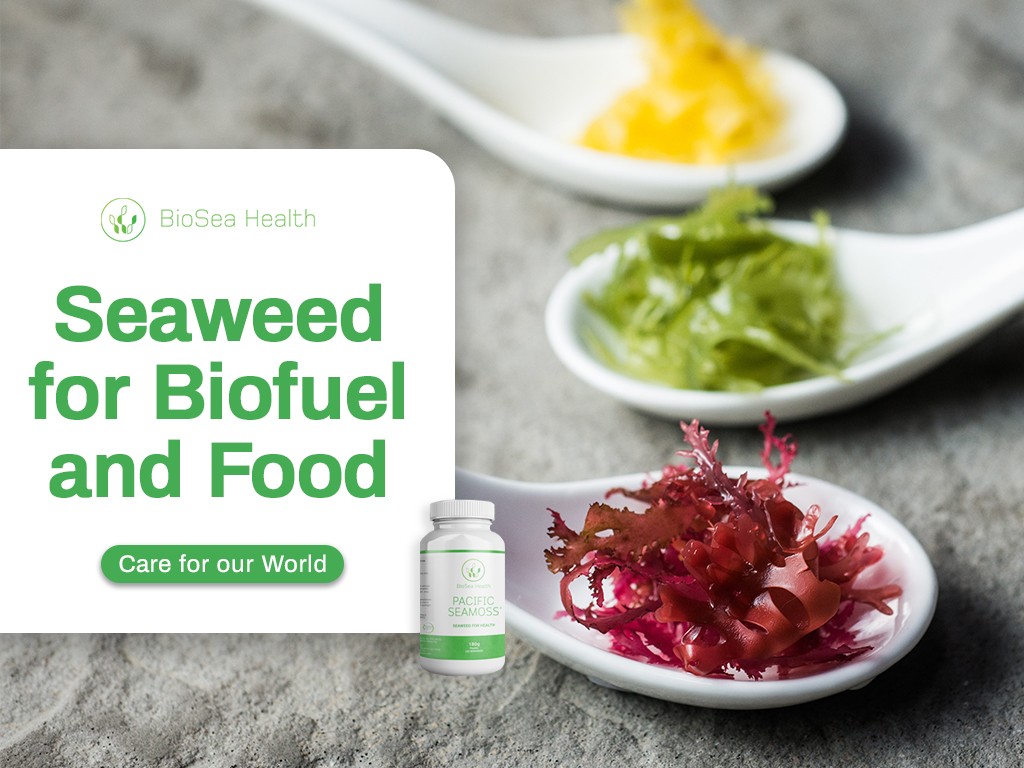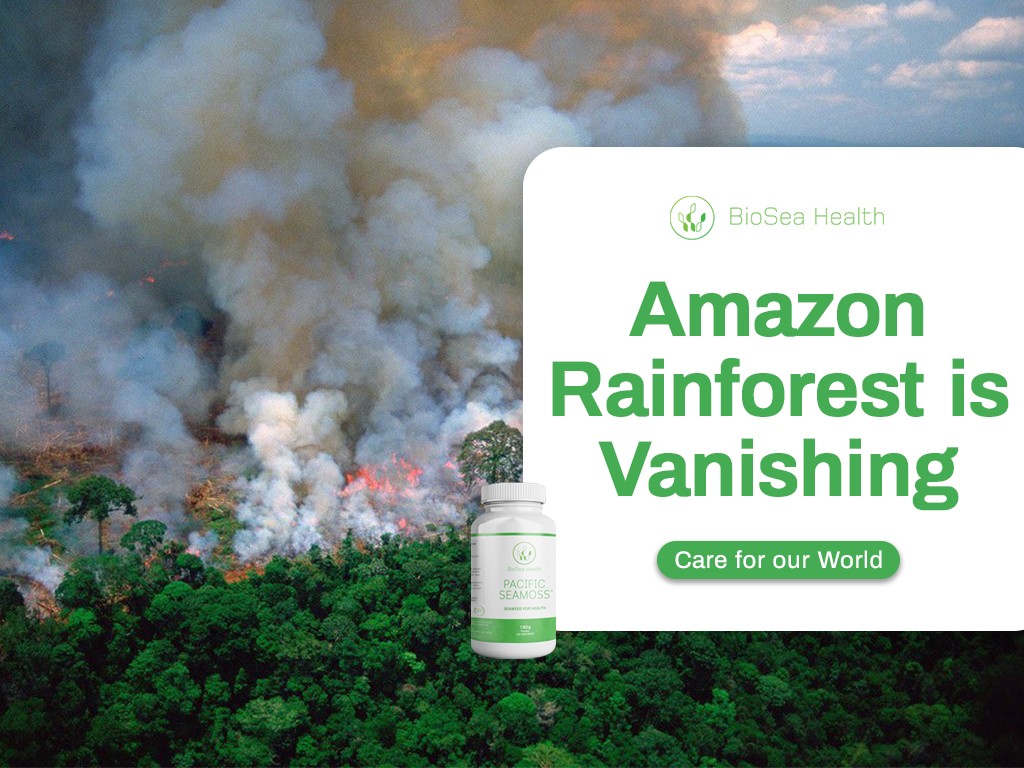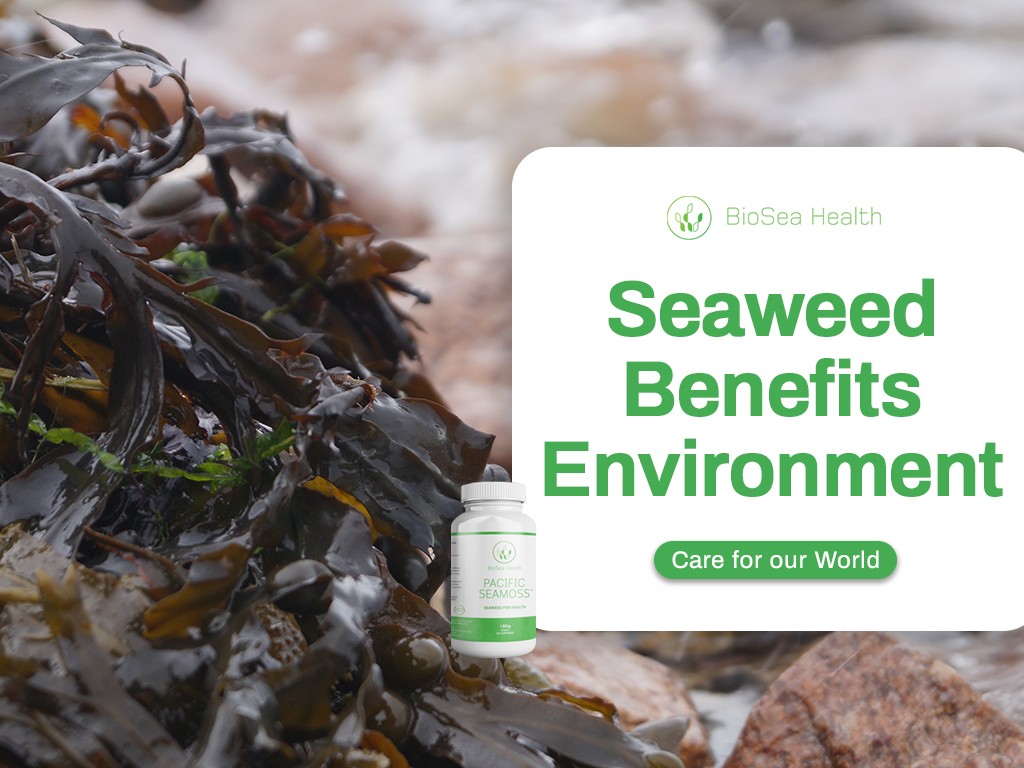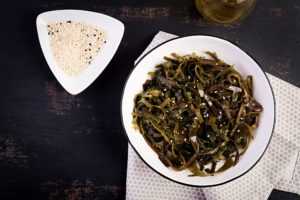Marine Algae started its journey on growing seaweed – as we could see that seaweed stops methane from cows burping, based on work at James Cook University and the CSIRO. It this could be used, then with 1.3 billion ruminants in the world, it needed to be grown at scale.
Marine Algae changed its focus to plant biostimulant to improve growing crops, introduced human quality food to reduce inflammation such as joint pain and surprise, reduce period pain.
Why the Focus on Ruminant (mostly cows) Methane Reduction
Emissions:
- Agriculture is the third largest contributor to global emissions (4.7billion tonnes CO₂ per annum)
- California has already legislated 40% reduction in methane from agriculture by 2030, with voluntary reductions by 2024. A carbon price already exists.
- Governments around the world are looking for reductions in greenhouse gases from this sector.
- Five years ago NZ had public demonstrations against the “fart tax” but now accept they need 10 to 22% reductions by 2050 to meet Paris Accord Goals.
Feeding The World
- How does the World feed itself in the 21st Century?
- Meat is very energy intensive. What alternatives are there?
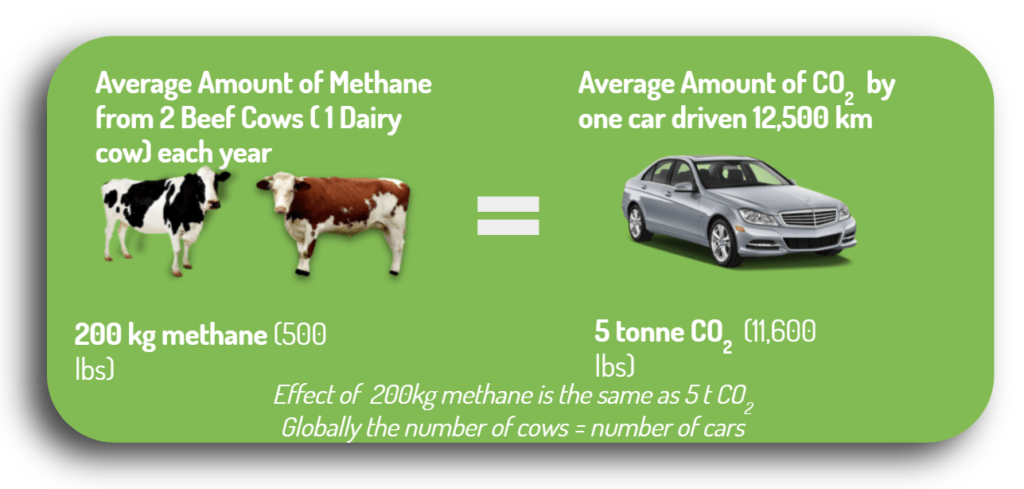

In 2014, Dr. Rob Kinley at James Cook University and others inc CSIRO profiled a number of native Australian seaweeds for their potential to reduce methane emissions when utilized as a feed additive for livestock. Asparagopsis taxiformis outperformed all others with 1-2% feed inclusion resulted in 99% reduction of methane in an in vitro model.
Continued research at UC Davis, Penn State, and CSIRO have shown that the methane reductions hold up in vivo and using the supplement does not pose any adverse effects on animal health, milk, or flesh. (There are some contra trials, hotly disputed) Trials are showing that 0.5% inclusion into cattle’s daily diet could result in a sustained 80% methane reduction — a true sweet spot for the industry.
IP Holders included Rob,Kinley, USC Prof Nick Paul, Rocky De Nys. Ian Tuart had worked for Marine Algae, and he had been a research assistant with the group and collected wild harvest. Leonda Mata was with the same team at JCU and is now with Greener Grazing. Nick Paul is focused on Asparogosis for fish food.
Species
A taxiformis is a tropical species. We looked at it and decided the temperate species A armata that grows in NZ and southern Australia has hooks on it and might be a better species in the life cycle.
Which Companies are Focused on Seaweed
The following are some of the startup businesses focused on methane reductions. There are 2 problems
- Closing the lifecycle of the species (the reproductive cycle)
- Growing at scale
Sea Forest
https://www.seaforest.com.au/
Stephen Turner and Sam Elsom initially were going to buy a northern NSW fish land farm, but ultimately raised some money and headed south to Tasmania. They grow it in races on land and getting money to expand to grow onshore. They hired Rocky van Nys ex JCU seaweed leader and co inventor, and also a long time seaweed specialist Craig Sanderson
They have hooked into getting sustainable wool as first product off the rank but making inroads into partnerships.
CH4 Global
https://www.ch4global.com/
Steve Mellum is ex Silicon Valley, has raised money from global – spoken with Steve and with Rowena Pullen (ex Proctor Gamble and Pfizer). They have a heavy-hitting board and advisors and they have raised a million dollars , based out of Adelaide.
Most recently they raised $US13M as a series A see this funding PR release
They worked successfully and got the Cawthorne Institute Nelson NZ and NZ Govt announced by Jacinda Adern with money $0.25m R&D to overcome lifecycle issues with A armata and recently said they had cracked the secret methodology. Work in NZ is via National Institute of Water and Atmospheric Research (NIWA)
CH4 Global has estimated that the aquaculture of Asparagopsis could be worth more than NZ$500 million to seaweed farmers in NZ and Australia within seven years, and more than NZ$1 billion by 2030. Closing the lifecycle makes this figure much more realistic.
Adam Main is their key seaweed technologist and he says “have been granted over 800 hectares of water space in addition to the hectares we will access through our partnerships with Narungga Nation and with existing finfish and shellfish aquaculture operations” on Adelaide Peninsula
Symbrosia
www.symbriosia.co
Partnered USDA, MIT, Hatch, CEO Alexia Akbay Akbay, a chemist by training, co-founded Symbrosia about two and a half years ago with Jonathan Simonds out of an MIT program, and has got USDA funding and collecting A taxiformis around the Hawaii Islands.
Blue Ocean Barns
https://www.blueoceanbarns.com
Joan Salwen is the CEO of Blue Ocean Barns. She grew up in rural Iowa in the long shadow of her family’s 100-acre farm where she harvested cherries, preserved fresh sweet corn and walked her Grandpa King’s bean fields, weeding by hand. Had 20 years as a Managing Director at Accenture, Joan managed $50M+ client relationships and led the firm’s Atlanta practice for organization and change strategy. In 2003, she helped found Atlanta Girls’ School, where she served as a teacher and Head of School. In 2015, Joan transitioned to Stanford, where she built a team that energized university, market and government interest in a particular red seaweed as a solution to climate change. She founded Elm Innovations, a non-profit platform for exploring the potential of the seaweed-livestock connection and ultimately co-founded the commercial engine for it, Blue Ocean Barns.
A climate tech booter called Elemental Excelerator put in $100k recently (Forbes)
Greener Grazing
https://www.greenergrazing.org/
Josh Goldman is CEO from Massachusetts-based Australis Aquaculture. He has had a barramundi farm in ocean waters off Van Phong Bay, Vietnam and sells Clean Harvest Barramundi globally.
For the past 4 years, they have been trying to get up Asparogopsis to seed onto ropes. They have recently raised funds. Dr Leonado Mata from Portugal is on his team, and the research is joint between Portugal and Vietnam.
See https://www.greenergrazing.org/blog/2021/6/23/project-update-josh-goldman-video-tour
Greener Grazing was previously known as Australis Aquaculture / The Better Fish.
Most recently, Greener Grazing and Horimare have announced a new collaboration. The Netherlands-based company Hortimare advises, supports, and collaborates with seaweed farmers to help them achieve the scale needed to make seaweed cultivation globally competitive. The collaboration between Greener Grazing and Hortimare adds resources and expertise in breeding and hatchery operations to make ocean-based AT cultivation a reality. Dr. Phil Kerrison who trained at SAMS (Scotland Marine) has been hired to assist in the project.
https://www.greenergrazing.org/blog/2021/10/12/greener-grazing-hortimare-partnership
Volta Greentech
https://www.voltagreentech.com/
Fredrik Akerman is the CEO. Volta Greentech is developing an automated land-based seaweed factory on the Swedish West Coast. They have set up a lab and was in early stages of collaboration with seaweed producers in the Philippines but not sure where that has progressed.
See https://youtu.be/77KozPbACI0
Seaweed stops methane, but are there other Techniques?
There are others who have started. There are other solutions such as lemon grass. Other seaweed species have some effect.
DSM – The Netherlands
https://www.dsm.com/corporate/markets/animal-feed/minimizing-methane-from-cattle.html
DSM’s “clean cow” programme director Mark van Nieuwland said the company hoped to introduce trials of the compound called Bovaer® which is a 3-nitrooxypropanol (3NOP) in two stages: firstly to intensive dairy farms, and later to extensive pastoral-based farms. They face a regulatory hurdle of product in the food chain. (Link to Stuff.co.nz Article)
Feeding Seaweed to Cows Update
In 2017, Canadian cattle farmers in Alberta started slipping a special ingredient into their animals’ feed. The cows remained oblivious – their forage tasted no different – but by munching on, they had been enlisted into the fight against the climate crisis.
The feed, called Bovaer, contained 3-NOP, an organic compound that inhibits cows’ methane production. Farmers ultimately fed the enriched fodder to 15,000 animals and collectively cut their methane emissions by 30% on average and up to 80%. In September, the ingredient was approved for use in Brazil, the world’s second-largest producer of beef. (From The Guardian Emma Bryce 30-Sept-2021)
Rather than stopping methane at source, others want to catch it before it’s released. UK company Zelp has created a mask that it says can neutralize about 50% of methane as cows belch it out. It’s been backed by the food giant Cargill, which expects to start distributing the masks to European dairy farmers in 2022.
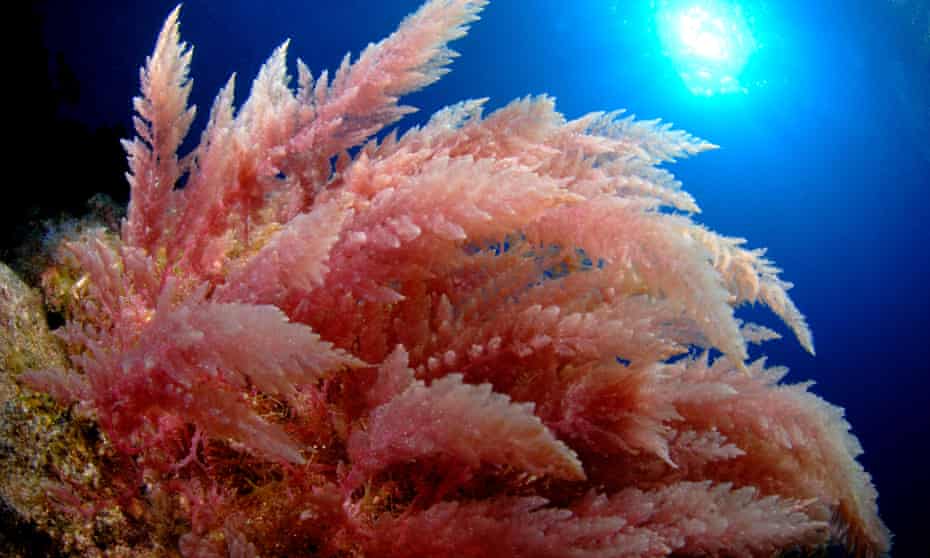
Fodder Box
Ella Goddin’s FodderBox is essentially a ‘field in a box.’ It’s the equivalent of a 40-acre field in a 40’ container, with zero water pollution, air pollution, herbicides, pesticides, and insecticides. Reduction of land area and is more than cost competitive than growing fodder crops, and they are working with Asparagopsis as well. See this (PR and their website https://fooderbox.ie)


